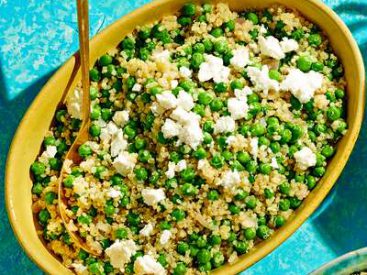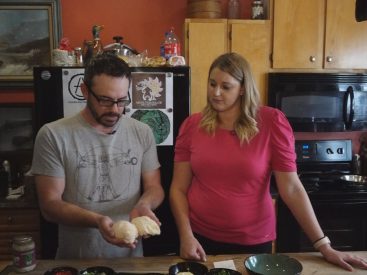Here, I trust, will be helpful counsel for Colorado cooks who neither own nor take care of ducks. Now then, a couple of recipes for using up stale bread. Many cultures and cuisines make do with leftover bread. It’s a smart move, not merely a frugal one. Leftover bread […]
Delicious!
Delicious!



